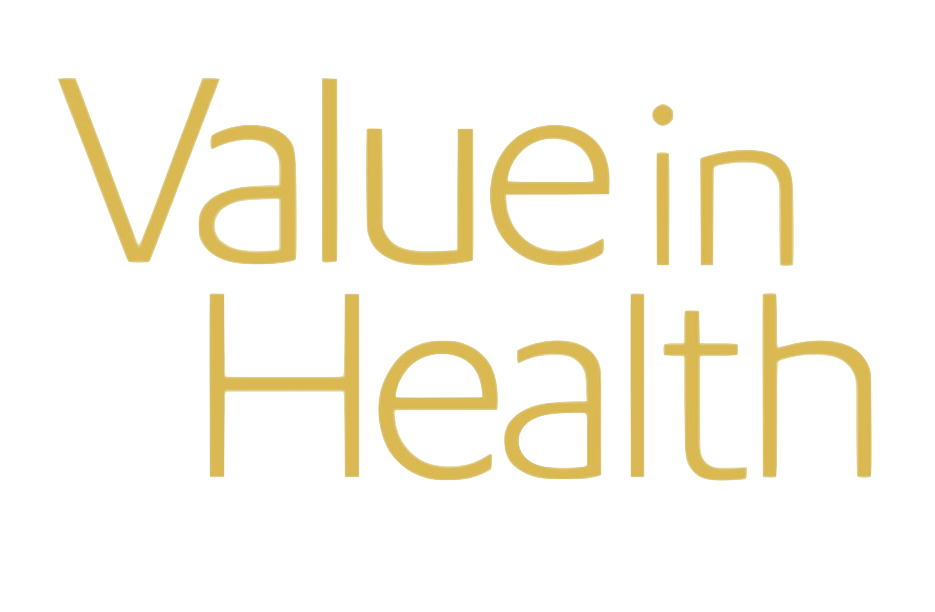Alarid-Escudero F, Schrag D, Kuntz KM. CDX2 biomarker testing and adjuvant therapy for stage II colon cancer: An exploratory cost-effectiveness analysis. Value in Health, 2022;25(3):409-418. Download accompanying cdx2cea R package. Accompanying editorial can be accessed here.
Published in:

Abstract
Objectives
Adjuvant chemotherapy is not recommended for patients with average-risk stage II (T3N0) colon cancer. Nevertheless, a subgroup of these patients who are CDX2-negative might benefit from adjuvant chemotherapy. We evaluated the cost-effectiveness of testing for the absence of CDX2 expression followed by adjuvant chemotherapy (fluorouracil combined with oxaliplatin [FOLFOX]) for patients with stage II colon cancer.
Methods
We developed a decision model to simulate a hypothetical cohort of 65-year-old patients with average-risk stage II colon cancer with 7.2% of these patients being CDX2-negative under 2 different interventions: (1) test for the absence of CDX2 expression followed by adjuvant chemotherapy for CDX2-negative patients and (2) no CDX2 testing and no adjuvant chemotherapy for any patient. We derived disease progression parameters, adjuvant chemotherapy effectiveness and utilities from published analyses, and cancer care costs from the Surveillance, Epidemiology, and End Results (SEER)-Medicare data. Sensitivity analyses were conducted.
Results
Testing for CDX2 followed by FOLFOX for CDX2-negative patients had an incremental cost-effectiveness ratio of $5500/quality-adjusted life-years (QALYs) compared with no CDX2 testing and no FOLFOX (6.874 vs 6.838 discounted QALYs and $89,991 vs $89,797 discounted US dollar lifetime costs). In sensitivity analyses, considering a cost-effectiveness threshold of $100,000/QALY, testing for CDX2 followed by FOLFOX on CDX2-negative patients remains cost-effective for hazard ratios of <0.975 of the effectiveness of FOLFOX in CDX2-negative patients in reducing the rate of developing a metastatic recurrence.
Conclusions
Testing tumors of patients with stage II colon cancer for CDX2 and administration of adjuvant treatment to the subgroup found CDX2-negative is a cost-effective and high-value management strategy across a broad range of plausible assumptions.
Highlights
Adjuvant chemotherapy is not recommended for patients with average-risk stage II (T3N0) colon cancer. Nevertheless, a subgroup of these patients who are CDX2-negative might benefit from adjuvant chemotherapy.
Testing patients with stage II colon cancer’ tumor for CDX2 and administering adjuvant treatment to the subgroup found to be CDX2-negative is a cost-effective and high-value management strategy across a broad range of plausible assumptions.
We provide compelling evidence in support of conducting prospective studies to formally demonstrate the benefit of adjuvant chemotherapy in patients with stage II CDX2-negative colon cancer.